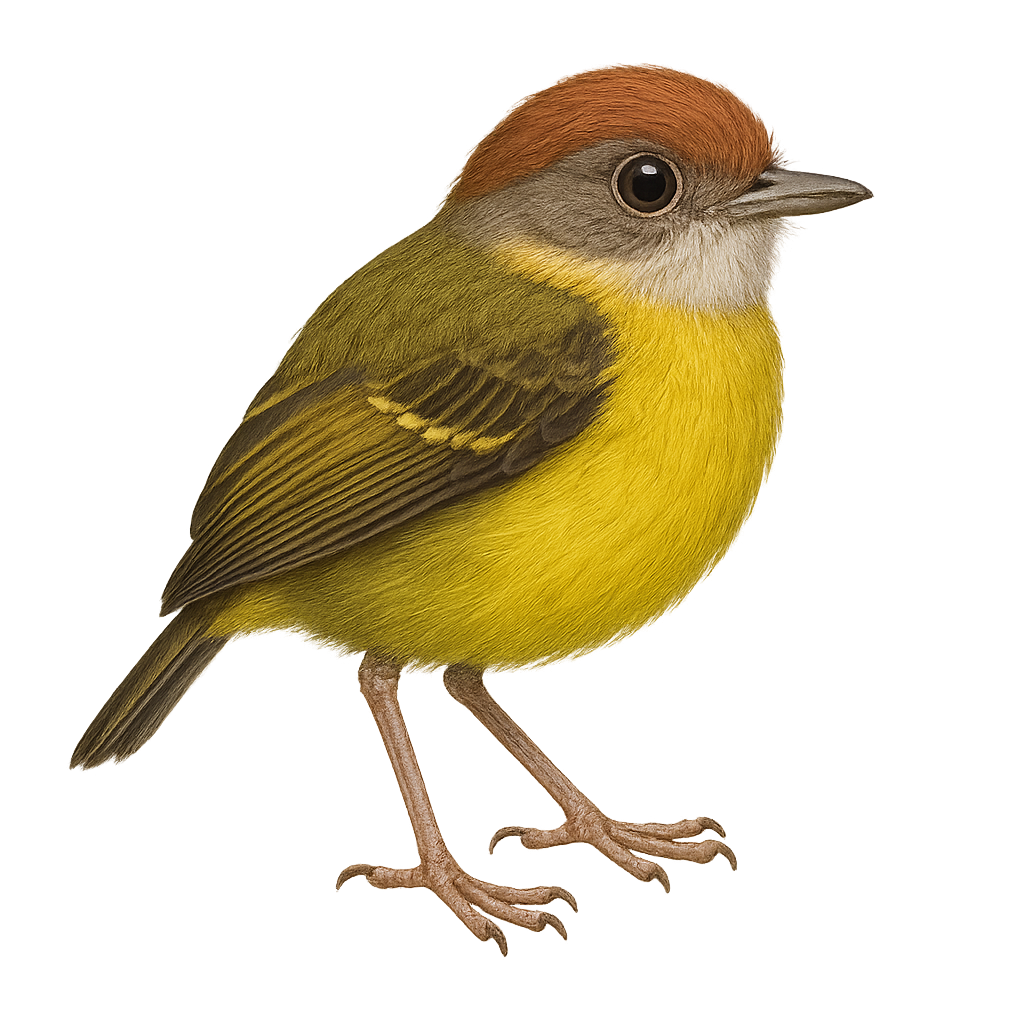Your wildlife photography guide.
Explore the rufous-crowned tody-flycatcher in detail, study its behavior, prepare your shots.
Where to observe and photograph the rufous-crowned tody-flycatcher in the wild
Learn where and when to spot the rufous-crowned tody-flycatcher in the wild, how to identify the species based on distinctive features, and what natural environments it inhabits. The WildlifePhotographer app offers tailored photography tips that reflect the rufous-crowned tody-flycatcher’s behavior, helping you capture better wildlife images. Explore the full species profile for key information including description, habitat, active periods, and approach techniques.
Rufous-crowned Tody-Flycatcher
Scientific name: Poecilotriccus ruficeps

IUCN Status: Least Concern
Family: TYRANNIDAE
Group: Birds
Sensitivity to human approach: Suspicious
Minimum approach distance: 5 m
Courtship display: October to November
Incubation: 15-17 jours
Hatchings: October to December
Habitat:
Humid forests, forest edges, dense undergrowth
Activity period :
Primarily active during the day, with peak activity in the morning and late afternoon.
Identification and description:
The Rufous-crowned Tody-Flycatcher is a small bird from the Tyrannidae family, primarily found in the humid forests and forest edges of South America. It is notable for its distinctive rufous crown, contrasting with its olive-green body and pale yellow belly. Measuring about 9 to 10 cm, this bird is agile and active, often seen catching insects in flight. Its song is a high-pitched trill, often repeated. Though discreet, it is sometimes observed in small family groups. It plays an important role in controlling insect populations, thus contributing to the ecological balance of its habitat.
Recommended lens:
400 mm – adjust based on distance, desired framing (portrait or habitat), and approach conditions.
Photography tips:
To photograph the Rufous-crowned Tody-Flycatcher, choose sunny mornings when the light is soft. Use a telephoto lens of at least 400mm to capture precise details without disturbing the bird. Be patient and discreet, as this bird is suspicious. Focus on areas near forest edges where it is more active. A tripod can be useful to stabilize your camera, especially if using slow shutter speeds. Finally, pay attention to its distinctive song to locate this bird more easily in its natural habitat.
The WildlifePhotographer App is coming soon!
Be the first to explore the best nature spots, track rutting seasons, log your observations, and observe more wildlife.
Already 1 432 wildlife lovers subscribed worldwide

